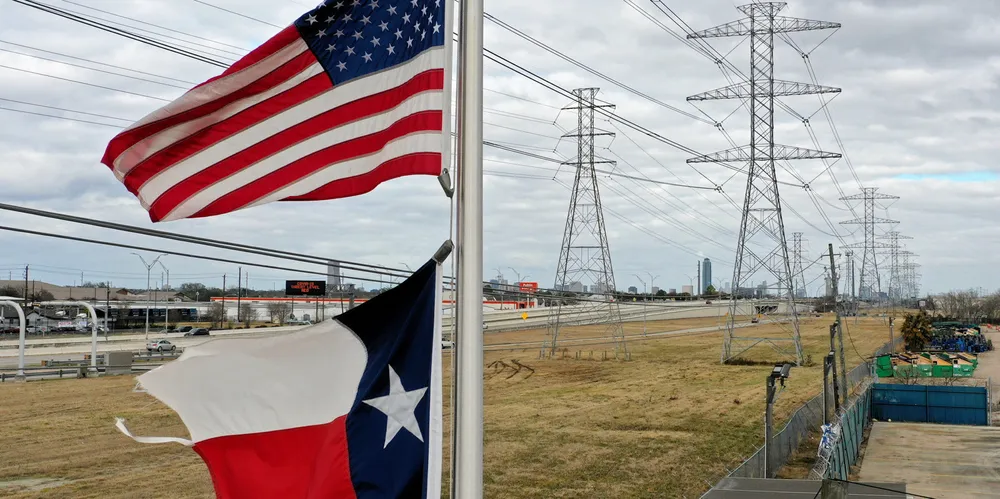Power shift | Solar and wind to dethrone gas next year in US fossil heartland Texas: EIA
Forecast of combined 37% share in largest state electricity market ERCOT will mark historic shift, Energy Information Administration predicts

Solar and wind combined will provide more electricity than natural gas for the first time in 2023 in ERCOT, the power market that serves 90% of Texas, the Energy Information Administration (EIA) forecast in a new report.
Natural gas, the pacesetter over the last decade in ERCOT, will decline to 36% of power supply from 42% this year and 43% in 2021. Nuclear will remain unchanged at 10%, while coal will continue to lose market share at 16%, down from 17% this year and 19% in 2021.
During a prolonged heat wave this summer, there was often more solar power than wind on the ERCOT grid in the two hours before and during peak demand. In April, ERCOT reported having 35.7GW of wind capacity available, more than three times 11GW for utility solar.
Wind farms inland along the state’s southern Gulf of Mexico coast are generally the best summer performers with sea breezes are more available and consistent during afternoon peak hours. But they are far less numerous than those in West Texas.
Natural gas has also been hurt by this year’s price run-up which made solar and wind (and coal in some cases) more economically attractive. EIA expects US natural gas prices this year to average $6.48/MMBtu versus $3.91/MMBtu in 2021, with a decline to $5.43/MMBtu in 2023, still high over the last decade.
Texas will continue as the nation’s top state power and renewables market through this decade with its almost $2trn economy experiencing high-growth led by energy-intensive manufacturing and petrochemicals.
Turning to the US in 2023, EIA forecasts natural gas will remain the leading share of electricity supply with 37%, down from 39% this year. All renewables including hydro will supply 24%, up from 22% this year, then nuclear and coal at 20% and 19%, versus 19% and 20% in 2022.
President Joe Biden’s administration has sought to accelerate the country’s transition to cleaner power generation sources with an ambitious 2035 goal for a carbon-free grid.
Officials in Texas, the number one oil and natural gas producing state, have been in the forefront of opposition to new federal regulations and rules that Biden wants to impose to discourage new exploration and development, and use of fossil fuels for power generation.
(Copyright)